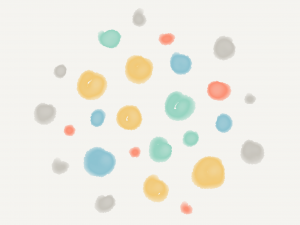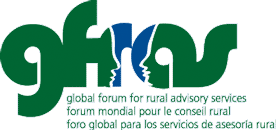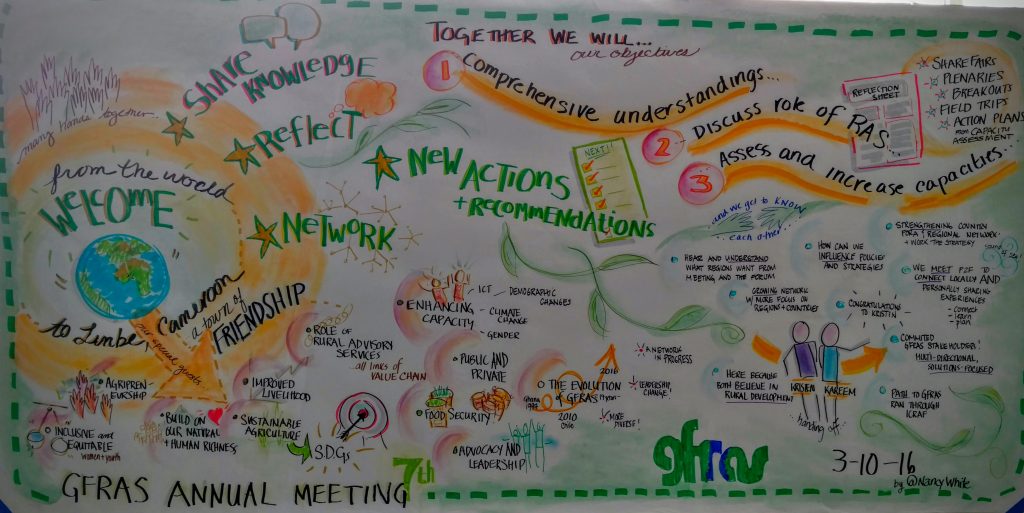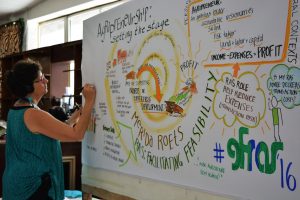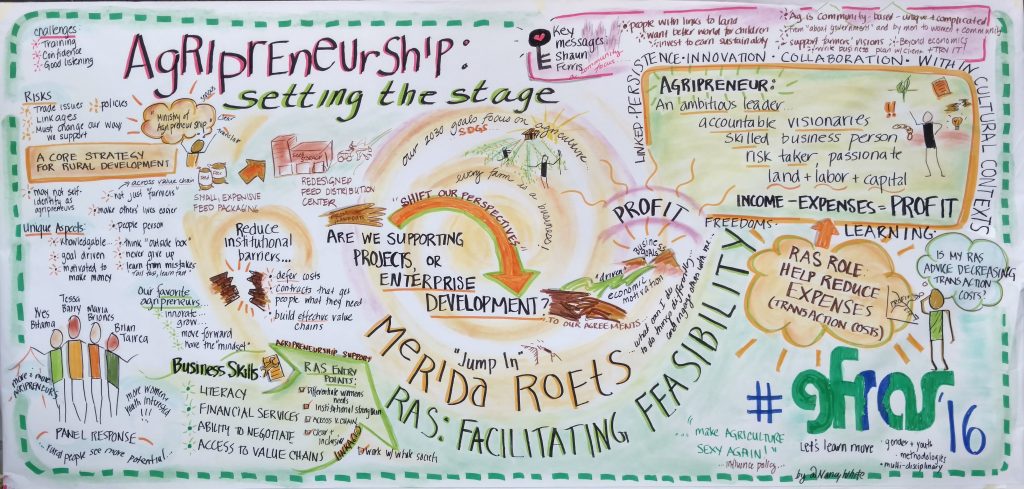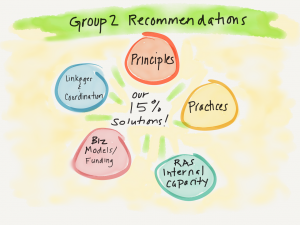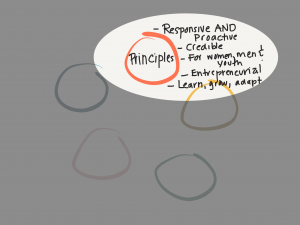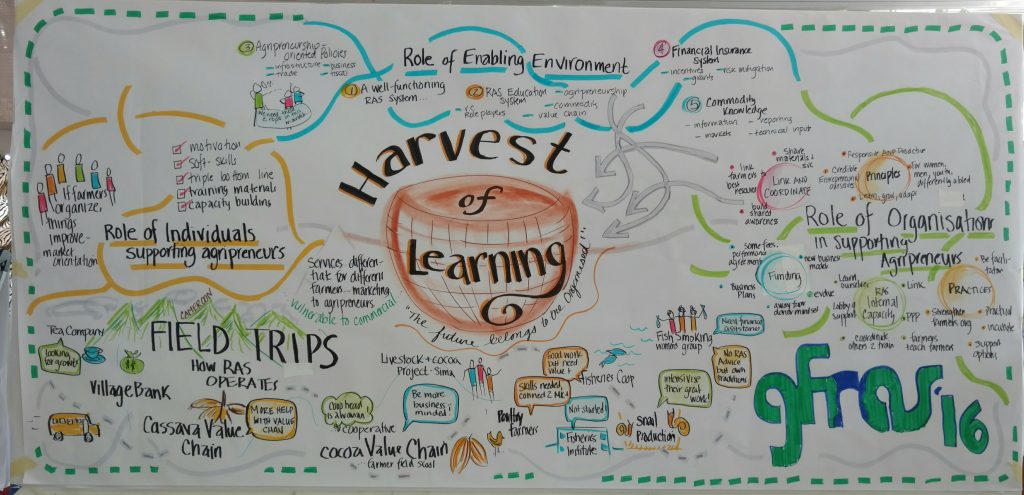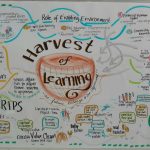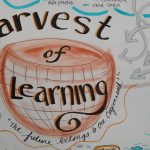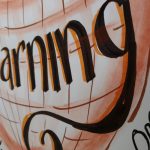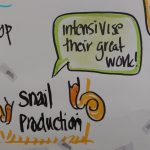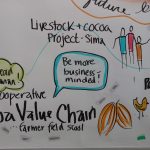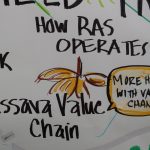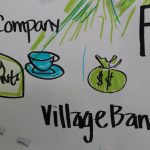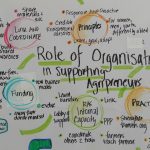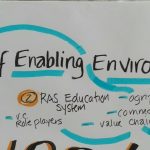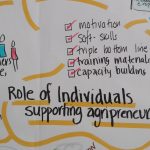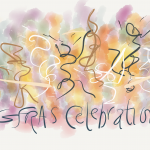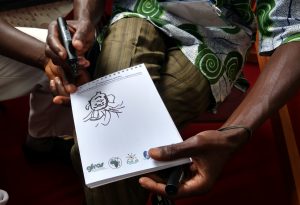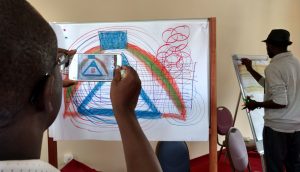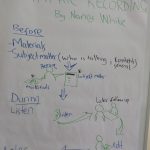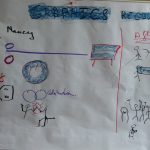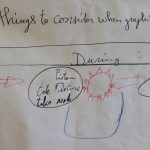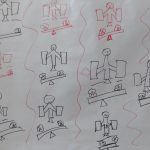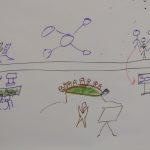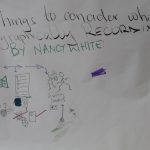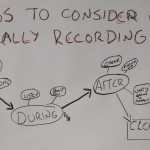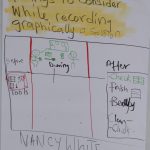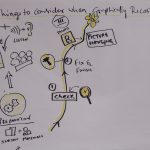EDITED: To include more on differentiation/integration. I had the terms all wrong. Go figure! And to add a link to a group for online facilitators considering how to support the rapid move to online meetings. Join here.
I am going to share a series of blog posts over the next days about how to move your group interactions online. For me, however, there is some starting context, a preamble, if you may. Skip this if you want to get right to the point. Come back to it later if you wish. However, if you are feeling fear, confusion, frustration, stop and take a minute with me to breathe and reflect.
Here we go…
The emails have been flying, phone and Zoom conversations everywhere asking “how do we move this meeting, event, workshop, whatever online in response to the novel Corona virus outbreak?” With each conversation, observing intense online conversations, I keep asking myself, what can I contribute? As an early student, teacher and writer on online facilitation, I sense I can be of use. What should I do?
In typical Nancy fasion I jumped into action, started up an email list, opened a Google Doc to share resources, responded to individual requests for help. Boing, boom, zip, zap!
But it felt like I was missing something fundamental. All that disconnected response. As I look back, three moments helped solidify my focus.
The first was in a conversation with Neil McCarthy on Thursday. We were swapping our group process design principles and heuristics. Everyone was asking “how do I move this meeting online?”
Neil shared his understanding about the need for holding space for people to be individuals (Jungian “Individuation“), to be heard, to be different, and holding space for people to find common ground and move forward. His pragmatic example of HOW is the power of letting people first talk in pairs to establish their own thinking, perspective and even identity BEFORE trying to work towards group movement forward or even cohesion. This is why both of us really find utility in Liberating Structures, particularly the foundation pattern of 1-2-4-All (in any variation – 1-2, 1-3-all, etc.)
EDIT: I got a bit more information from Neil. He shared that it is differentiation/integration theory. “I got the phrase from Marv Weisbord and Sandra Janoff book “Don’t Just Do Something, Stand There“. A great book for “leading meetings that matter.” It also shows up in Dialogic Organization Development, edited by Bushe and Marshak, but they don’t call it D/I theory. Peter Block in his book Community: the structure of belonging, uses phrases like “If I cant say no then my yes doesn’t mean anything.” These are all referencing the same concept. ” THANKS, Neil!
In many online meetings there is this fundamentally flawed assumption that we can automagically do everything together at the same time. Neil’s very clear articulation helped me suggest a pattern for online design that might easily shared. It was a systems insight at a pretty find grained level.
A second shimmer of insight at the much broader systems level arrived at the end of 90 minutes online Zoom gathering with more than 100 people from the EU wrestling with how to move so many meetings online. After the formal end, some of us stuck around to debrief. I summarized by saying “Don’t just look at your technology choices. Pay attention to what is shifting. Use something like the Ecocycle to get a sense of what is happening at a systems level. It might help you discern useful first steps and set a direction forward.” Something resonated, even as I was forming my understanding while thinking. (Thank you brain, for working even when I’m not really trying!) You will see the Ecocyle in action in the next post of this series!
Finally, I woke up early early this morning and read the day’s meditation response shared by a friend (Thank You Rachel!), “The Law of Least Effort.” Here is a snippet (I’m working on the source and will edit it in once I’ve secured it.)
“When your actions are motivated by love, your energy is multiplied and accumulated. Release of this energy allows you to redirect it towards the creation of everything that you want. When your spirit is your inner point of reference, all of the immense power of the Universe is at your disposal. You can then use this energy creatively, moving toward abundance and evolution.”
Abundance. Love. Evolution.
Balance that message with all of the fear, partisanship and rancor that flows over us from the media. Some of it alerts us to act. Some of it cripples us. Then, all of a sudden it hit me. Go back to the fundamental principles shared by Donella Meadows in her seminal work, Leverage Points: Places to intervene in a system. She so elegantly called this “dancing with the system.” I want to share one image from http://donellameadows.org/a-visual-approach-to-leverage-points/ that brings some of this playful approach to deadly serious issues.
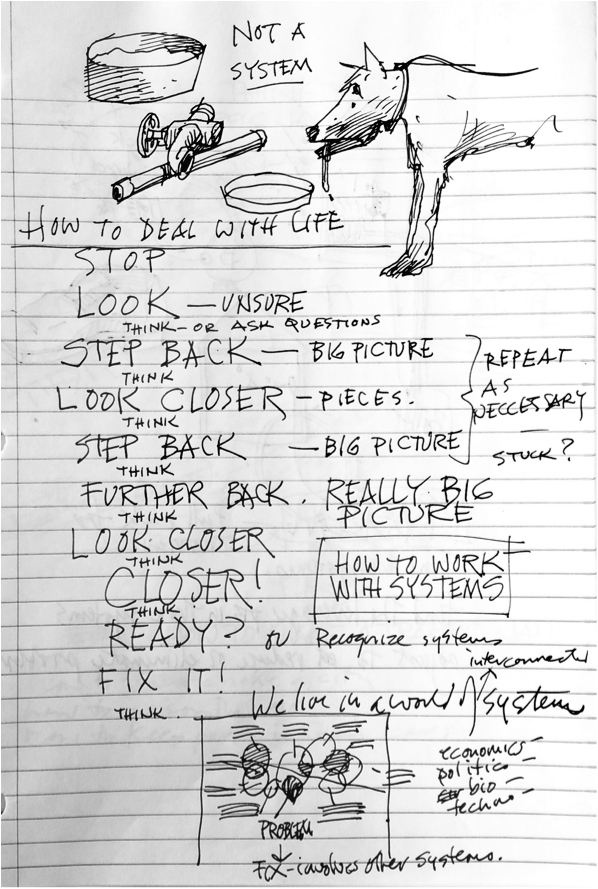
The point? Start by stopping, looking, stepping back, look closer, step back, further back, look closer, closer, ready? FIX IT. These are the PRACTICES that allows us to dance with systems, to use the 12 leverage points Meadows so lovingly discovered, crafted and shared.
So if you, like me, sense a call, an invitation to to do something, but are feeling overwhelmed, consider the meditation. Consider Donella Meadows insights and then situate yourself in the place where you can contribute, from the micro to the macro. Join with me or some other person. (Don’t do this alone…)
The invitation calling me is “How can we stay connected to each other in any way in a time of social distancing?” The pragmatic manifestation of that will be to think with fellow practitioners, share practices, insights, ideas and inspirations on how groups can productively meet, engage, connect and then experiment and iterate to make progress online in a way that builds on our strengths and helps us move past fear into abundant action.
Please join me. Part 2 will be up within 24 hours.

